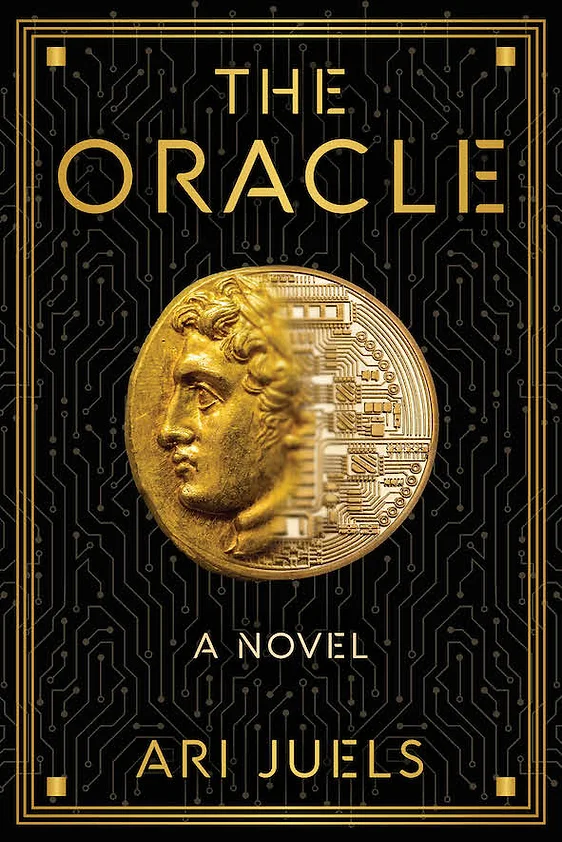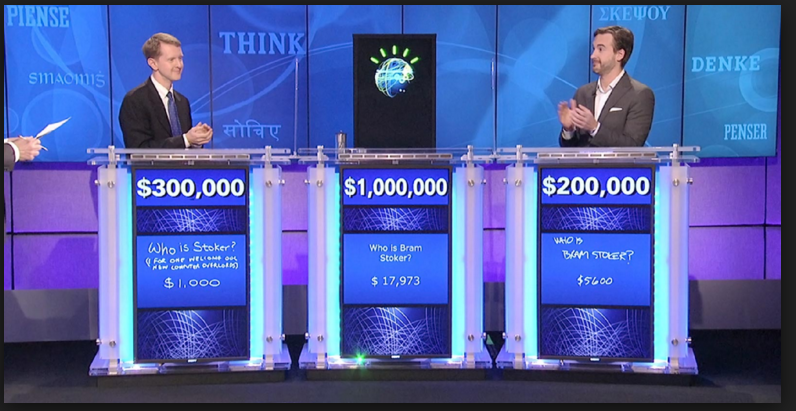The Oracle
by Ari Juels
Talos Press
ISBN: 978-1-945863-85-1
Ebook ISBN: 978-1-945863-86-8
In 1994, a physicist named Timothy C. May posited the idea of an anonymous information market he called blacknet. With anonymity secured by cryptography, participants could trade government secrets. And, he wrote in 1988’s Crypto-Anarchist Manifesto “An anonymous computerized market will even make possible abhorrent markets for assassinations and extortion.” In May’s time, the big thing missing to enable such a market was a payment system. Then, in 2008, came bitcoin and the blockchain.
In 2015, Ari Juels, now the Weill Family Foundation and Joan and Sanford I. Weill Professor at Cornell Tech but previously chief scientist at the cryptography company RSA, saw blacknet potential in etherum’s adoption of “smart contracts”, an idea that had been floating around since the 1990s. Smart contracts are computer programs that automatically execute transactions when specified conditions are met without the need for a trusted intermediary to provide guarantees. Among other possibilities, they can run on blockchains – the public, tamperproof, shared ledger that records cryptocurrency transactions.
In the resulting research paper on criminal smart contracts PDF), Juels and co-authors Ahmed Kosba and Elaine Shi wrote: “We show how what we call criminal smart contracts (CSCs) can facilitate leakage of confidential information, theft of cryptographic keys, and various real-world crimes (murder, arson, terrorism).”
It’s not often a research paper becomes the basis for a techno-thriller novel, but Juels has prior form. His 2009 novel Tetraktys imagined that members of an ancient Pythagorean cult had figured out how to factor prime numbers, thereby busting the widely-used public key cryptography on which security on the Internet depends. Juels’ hero in that book was uniquely suited to help the NSA track down the miscreants because he was both a cryptographer and the well-schooled son of an expert on the classical world. Juels could almost be describing himself: before turning to cryptography he studied classical literature at Amherst and Oxford.
Juels’ new book, The Oracle, has much in common with his earlier work. His alter-ego here is a cryptographer working on blockchains and smart contracts. Links to the classical world – in this case, a cult derived from the oracle at Delphi – are provided by an FBI agent and art crime investigator who enlists his help when a rogue smart contract is discovered that offers $10,000 to kill an archeology professor, soon followed by a second contract offering $700,000 for a list of seven targets. Soon afterwards, our protagonist discovers he’s first on that list, and he has only a few days to figure out who wrote the code and save his own life. That quest also includes helping the FBI agent track down some Delphian artifacts that we learn from flashbacks to classical times were removed from the oracle’s temple and hidden.
The Delphi oracle, Juels writes, “revealed divine truth in response to human questions”. The oracles his cryptographer is working on are “a source of truth for questions asked by smart contracts about the real world”. In Juels’ imagining, the rogue assassination contract is issued with trigger words that could be expected to appear in a death announcement. When someone tries to claim the bounty, the smart contract checks news sources for those words, only paying out if it finds them. Juels has worked hard to make the details of both classical and cryptographic worlds comprehensible. They remain stubbornly complex, but you can follow the story easily enough even if you panic at the thought of math.
The tension is real, both within and without the novel. Juels’ idea is credible enough that it’s a relief when he says the contracts as described are not feasible with today’s technology, and may never become so (perhaps especially because the fictional criminal smart contract is written in flawless computer code). The related paper also notes that some details of their scheme have been left out so as not to enable others to create these rogue contracts for real. Whew. For now.

